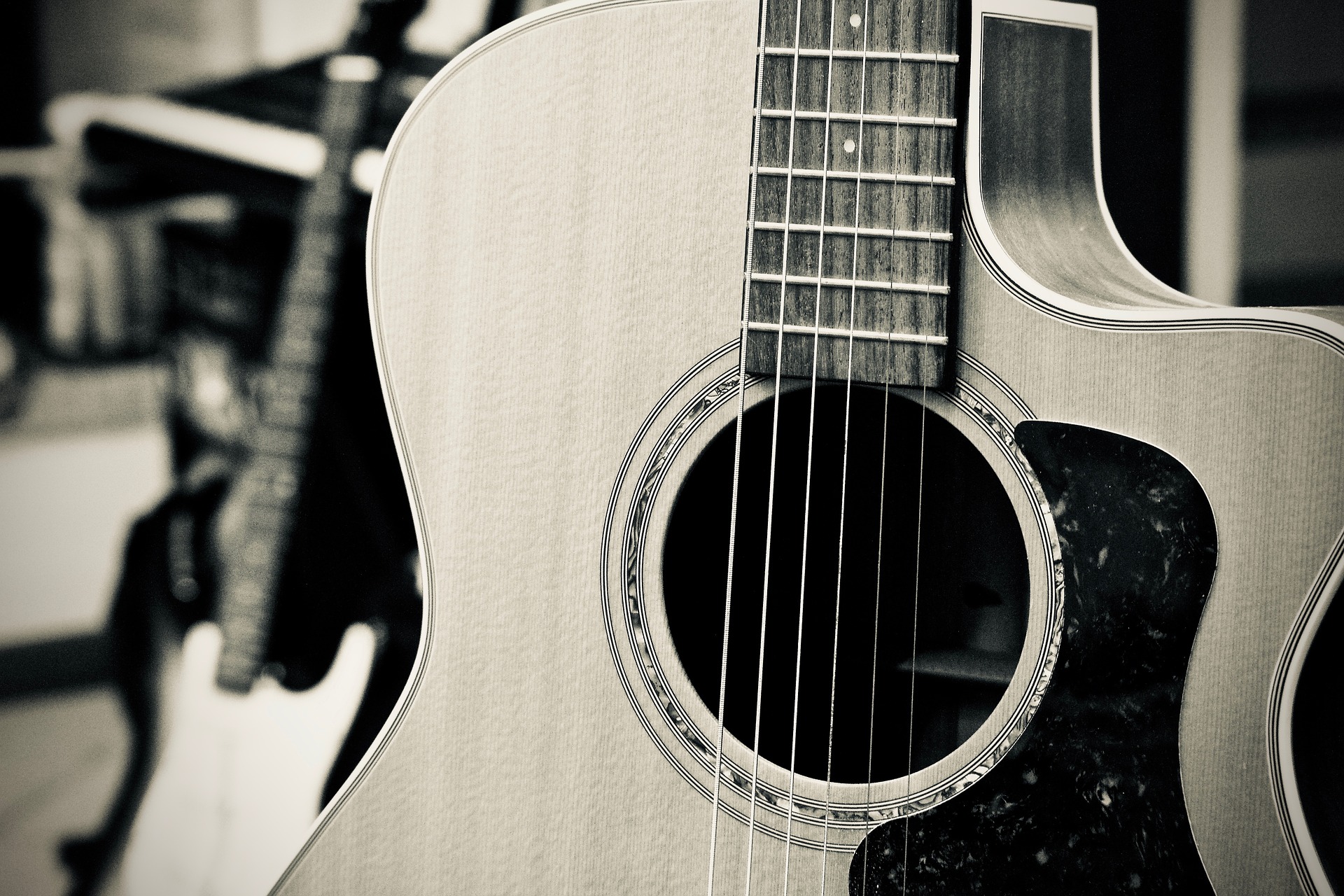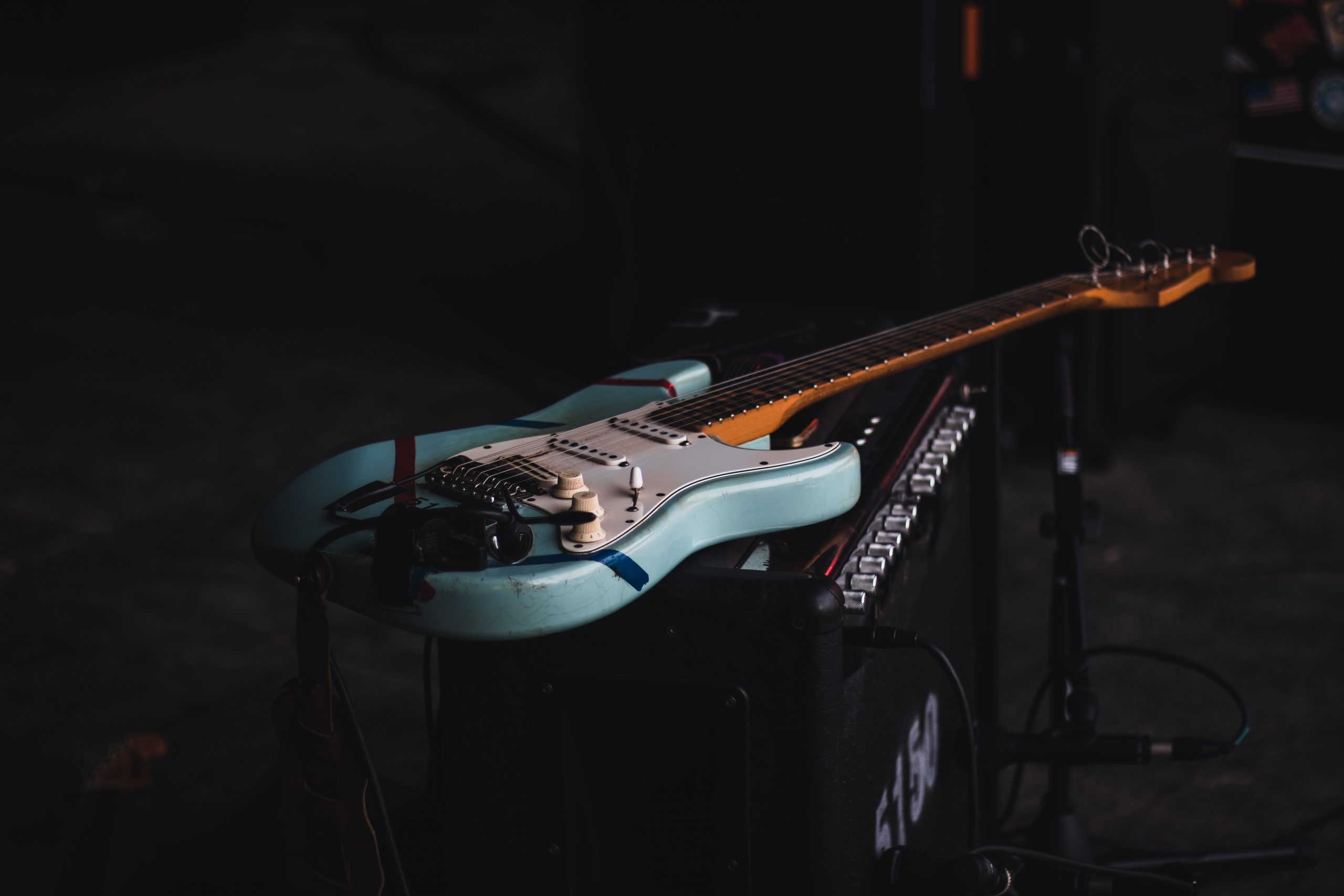A while ago we took advantage of the top three strings of the guitar in standard tuning to come up with twelve unique and very handy scale patterns. In this lesson, we’re going to use the middle four strings (A, D, G, B) to do the same.
Due to the distance of a third between the G and B strings, we get some very handy and compact scale patterns that have the added function of bringing your fourth finger into play, which is useful if you’re not using it.
Major Scale Patterns
Let’s start with the major scale itself. I like these scale patterns because one it’s one finger per fret and you can concentrate more on the phrasing without worrying where your fingers go.

As you may already know, there are various other major scales, and the great thing here is that we can modify just one interval to get to them.
Lydian Scale Pattern

Start this one (and the next one) on your third finger for a more comfortable fingering.
Lydian b7 Scale Pattern

There’s also the Mixolydian.

And the Mixolydian b6.

Another great one for dominant chords is the Phrygian Dominant.

Minor Scales
This fretboard location also lends itself well to minor scales. Here are a few of the most useful.

Flatten the seven and you have the Dorian scale.

Flatten the 6 and you have the Aeolian or Natural Minor scale.

Flatten the 2 and you have the Phrygian scale.

Raise the 7 and you have the Harmonic Minor but without the big stretch.

Our twelfth and final scale is a favorite of mine, the Dorian b2.

Use these scale patterns when you want to try out a new scale, or you need one on the fly, and they’re especially useful to practice changing between different types of major and minor scales.
If you like this idea and want to take it further, check out the 2 Position Guitar Scale System.



